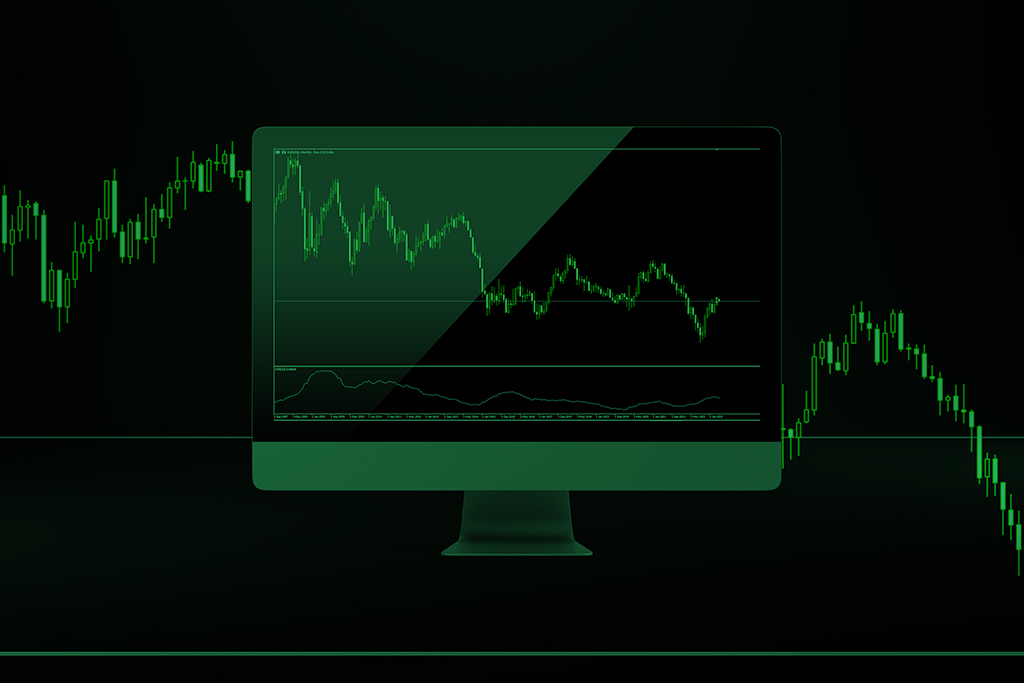Position Trading Strategy in Foreign Exchange

What is Position Trading?
This strategy is different from day trading or swing trading, which involve shorter timeframes.
Position traders use fundamental analysis to identify currency pairs that are undervalued or overvalued based on economic factors such as interest rates, GDP, and employment data. They then enter a long position and hold it for a period of weeks or months, with the expectation that the currency pair will appreciate in value.
Advantages of Position Trading
There are several advantages to position trading:
- Reduced Trading Costs: Position traders make fewer trades than day traders or swing traders, which means they incur lower trading costs. This can help increase their overall profitability.
- Lower Stress: Position trading is less stressful than day trading or swing trading because traders do not need to monitor the market constantly. This can help reduce emotional trading and improve trading discipline.
- Long-term Profit Potential: Position trading has the potential to generate higher profits than other trading strategies because traders hold positions for a longer period. This allows traders to capture large price movements that occur over time.
- Less Risk: Position trading can be less risky than day trading or swing trading because traders are not as exposed to short-term market volatility. This can help reduce losses and improve overall trading performance.
How to Develop a Position Trading Strategy
Developing a position trading strategy involves several steps:
- Identify the Currency Pair: Identify a currency pair that you want to trade. Look for a currency pair that has a strong fundamental outlook and is expected to appreciate in value over time.
- Determine the Entry and Exit Points: Determine the entry and exit points for your position. This can be done using technical analysis tools such as support and resistance levels, moving averages, and trend lines.
- Determine the Position Size: Determine the position size based on your risk tolerance and trading capital. This will help you manage your risk and avoid overexposure to the market.
- Set Stop Loss and Take Profit Levels: Set stop loss and take profit levels for your position. This will help you limit your losses and lock in profits.
- Monitor the Market: Monitor the market regularly to ensure that your position is still valid. Adjust your position if necessary based on market conditions.
Here are some of the best MetaTrader tools for position trading:
- Multiple Time Frame Analysis: MetaTrader allows traders to analyze multiple time frames simultaneously, which is essential for position trading. This enables traders to get a better understanding of the overall market trend and identify potential entry and exit points.
- Historical Data Analysis: MetaTrader allows traders to analyze historical data, which is essential for backtesting trading strategies. Traders can use this data to test their position trading strategies and refine them before executing live trades.
- Risk Management Tools: MetaTrader offers a range of risk management tools, including stop loss and take profit orders, which are essential for position trading. These tools help traders to manage their risk and avoid large losses.
- Trading Robots: Trading robots or Expert Advisors (EAs) can be used to automate trading based on specific trading strategies. These EAs can be programmed to enter and exit trades automatically based on predefined rules.
It involves taking a long-term position in the market with the expectation that the price of the currency pair will appreciate over time. Position traders use fundamental analysis to identify undervalued or overvalued currency pairs and technical analysis to determine entry and exit points.
The information provided here has been prepared by Eightcap’s team of analysts. All expressions of opinion are subject to change without notice. Any opinions made may be personal to the author and do not reflect the opinions of Eightcap.In addition to the disclaimer on our website, the material on this page does not contain a record of our trading prices, or represent an offer or solicitation for a transaction in any financial instrument. Eightcap accepts no responsibility for any use that may be made of these comments and for any consequences that result. No representation or warranty is given as to the accuracy or completeness of this information. Consequently, any person acting on it does so entirely at their own risk. Any research provided does not have regard to the specific investment objectives, financial situation and needs of any specific person who may receive it. It has not been prepared in accordance with legal requirements designed to promote the independence of investment research and as such is considered to be a marketing communication. Please note that past performance is not a guarantee or prediction of future performance. This communication must not be reproduced or further distributed without prior permission.


